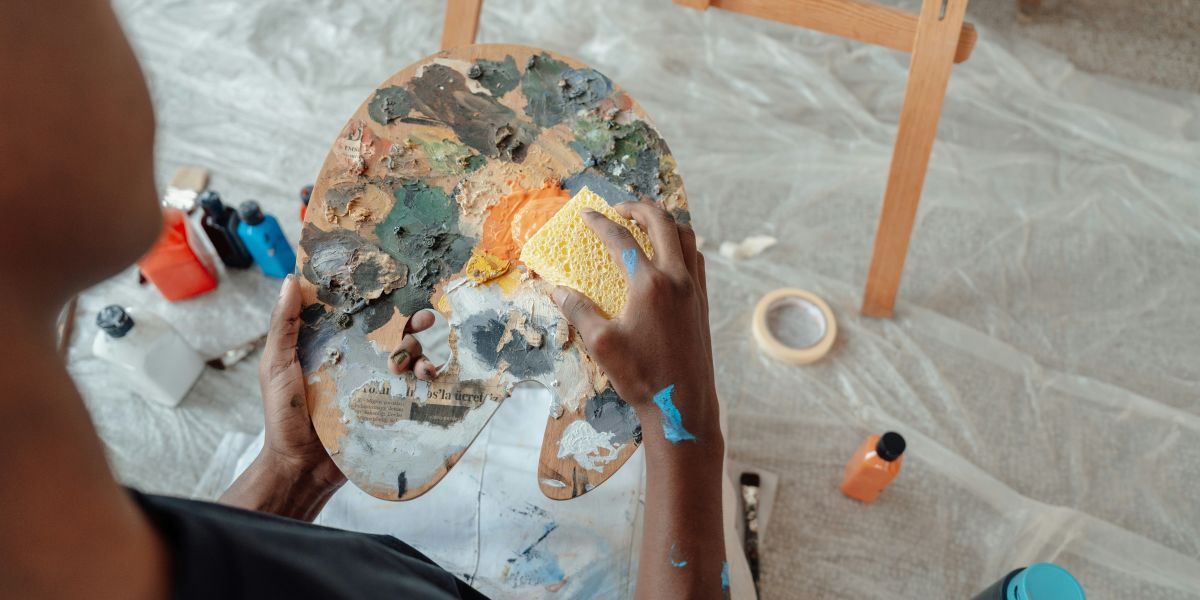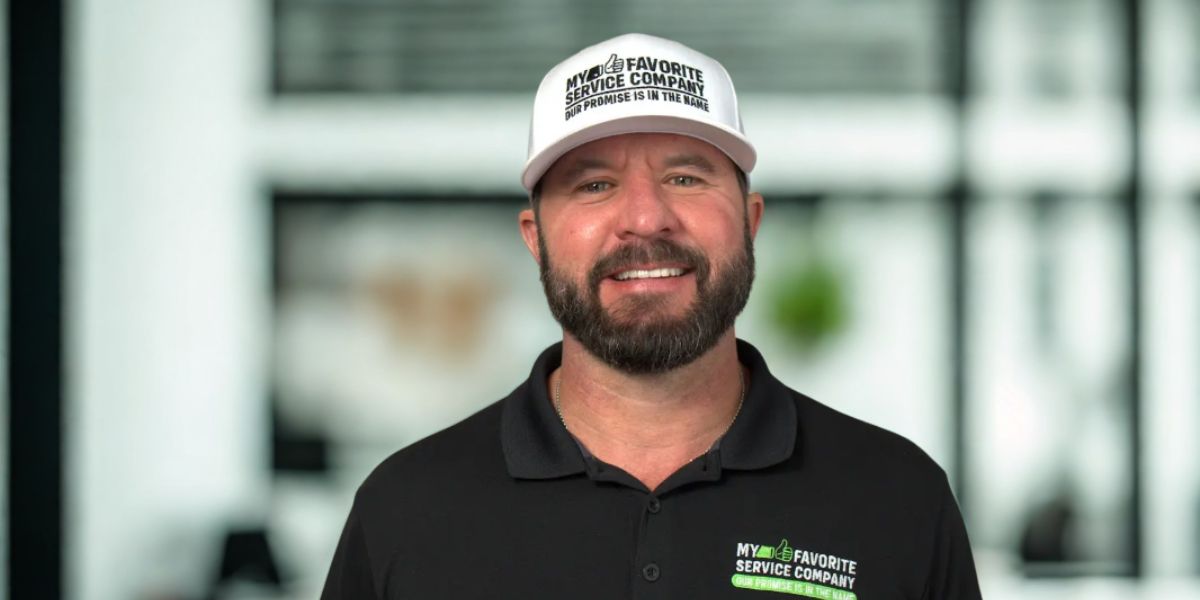A well-maintained roof is an important factor in keeping your business secure and operational. However, without regular care, even small issues can escalate into costly repairs. Roof maintenance is essential for reducing the risk of damage, leaks, and high energy bills.
In this post, we’ll explore several roofing maintenance tips for corporate buildings. These tips can help safeguard your property and potentially save money in the long run. Whether you own or manage a building, maintaining your roof in good condition is an important step to consider.
Check the Roof Twice a Year
Regular roof inspections help identify damage early. Perform a comprehensive check every spring and fall to spot any wear and tear caused by severe weather conditions.
Walk the roof carefully and look for signs of trouble. Inspect flashing, vents, and seams for any cracks. Addressing minor issues early can prevent more significant and costly repairs down the line.
Document your findings after each inspection. This record can aid in future roof planning and demonstrate that you’re actively maintaining the roof.
Clean Debris and Drains
Leaves, sticks, and other debris can block water flow, leading to pooling, leaks, and damage to the roof. Keeping the roof clean can help protect your investment.
Regularly clear drains, gutters, and downspouts. Ensuring that water flows off the roof efficiently can help prevent potential problems over time.
Consider setting up a regular cleaning schedule, and seek professional assistance if necessary. It’s a straightforward measure that can help reduce future issues.
Fix Small Problems Quickly
Address minor problems such as cracked shingles or loose flashing promptly. If left unattended, small roof issues can quickly grow into more serious concerns.
Timely repairs may reduce the overall cost of repairs and contribute to the longevity of your roof. This proactive approach is an essential part of maintaining any corporate building’s roof.
After inclement weather, check problem areas for any signs of damage. Wind, hail, and rain can loosen roof components, so it’s important to inspect and act promptly.
Watch for Water Stains Inside
Water stains on ceilings or walls could be an indication of a leak. Addressing the issue early on can help you avoid more significant expenses in the future.
Look for yellow or brown spots, particularly in corners or near vents, as these may signal hidden roofing problems.
Once you notice stains, arrange for a roof inspection as soon as possible. Rather than just painting over the stains, it’s important to fix the underlying issue to prevent further damage.
Schedule Professional Roof Inspections
It’s a good idea to have experts inspect your roof at least once a year. They are trained to identify potential problems that may go unnoticed during a basic inspection.
A professional can provide detailed feedback and guidance, which will be helpful when developing a roof care plan. This also adds reliability to your building’s maintenance strategy.
Use their report to plan maintenance and retain all records for future reference. These documents could also be beneficial when dealing with insurance claims.
Trim Overhanging Tree Branches
Tree branches can cause damage to your roof during storms and may drop leaves and other debris. Regular trimming helps keep the roof safer and reduces the risk of damage.
Remove any overhanging branches to protect both the roof and gutters. This also minimizes the chances of moss and mold buildup.
Set a schedule to inspect nearby trees and consider hiring a tree service if necessary. Proper tree maintenance is an important part of any corporate roof care strategy.
Check the Flashing and Seals
Flashing, which seals the joints and corners on your roof, can crack or loosen over time, allowing water to penetrate. It’s crucial to inspect these areas during every roof review.
Sealants around vents and pipes can also wear out. Replacing cracked or dried-out sealants helps prevent leaks and reduces the risk of heat loss.
A well-maintained seal can prevent water intrusion and improve energy efficiency, contributing to your overall commercial roof care approach. Don’t overlook this important step.
Choose the Right Roofing Materials
The materials used on your roof can help prevent numerous issues. Be sure your roof is constructed with materials suited to your building’s needs and the local climate. Some materials tend to last longer than others.
Consult a roofing expert before any replacement projects. They can recommend more effective options that might offer better long-term value.
If your roof is aging, it may be a good time to explore an upgrade. Newer materials may provide enhanced protection and lead to reduced energy costs.
Review Roof Access Points
Roof hatches, ladders, and doors can deteriorate over time. Damaged access points may allow water in or create safety hazards. Inspect them regularly for rust, cracks, or broken locks.
Keep access points clean and secure. Repair or replace any worn parts as needed. This helps protect both your roof and the safety of maintenance personnel.
Ensure that only trained staff have access to the roof, as this can help prevent accidents and potential roof damage. Properly controlling roof access is an important part of a sustainable roof maintenance plan.
Monitor HVAC Units and Rooftop Equipment
Many commercial roofs feature HVAC systems and antennas. If not properly installed, these items can cause damage to the roofing material. Regularly check the area around them for cracks or leaks.
Ensure that all rooftop equipment is properly secured. Loose equipment can cause wear to the roof and may create gaps that allow water to enter.
It’s important for your maintenance team to inspect these areas regularly and keep all equipment in top condition. This is an important aspect of any commercial roof repair strategy.
Know the Age and Condition of Your Roof
Older roofs may require more frequent attention. Understanding when your roof was last replaced can help you anticipate future repairs or upgrades.
Keep a log of repairs and maintenance activities. This can assist with planning and budgeting, and also demonstrate that you’re committed to the longevity of your corporate roof.
As your roof approaches the end of its life, schedule a full inspection. By planning in advance, you can avoid unexpected failures and potentially save money.
Use Trusted Commercial Roofing Services
When major repairs are necessary, hire roofing professionals. Choose a company with extensive experience in commercial roofing systems. They will perform the work efficiently and correctly.
Roofing experts have the necessary tools and training to handle complex tasks and will identify issues that you might have missed. They can also offer warranties that provide additional peace of mind.
By working with skilled professionals, you can maintain a strong roof for years. Attempting DIY repairs could risk further damage.
Roof Maintenance: A Smart Investment for Corporate Buildings
Maintaining your roof helps protect your building from damage and reduces the likelihood of expensive repairs. A well-maintained roof also supports the security and operational continuity of your business.
Regular inspections and early repairs, along with professional guidance, can extend your roof’s lifespan and improve its performance. Incorporating roof maintenance into your ongoing building care plan can help prevent major issues in the future.
A little attention now can reduce the risk of more significant problems down the line.
Did you find this article helpful? Explore more of our blogs.









